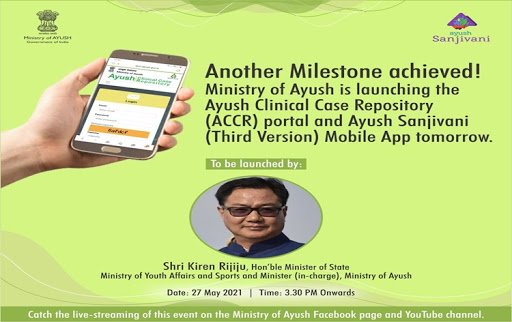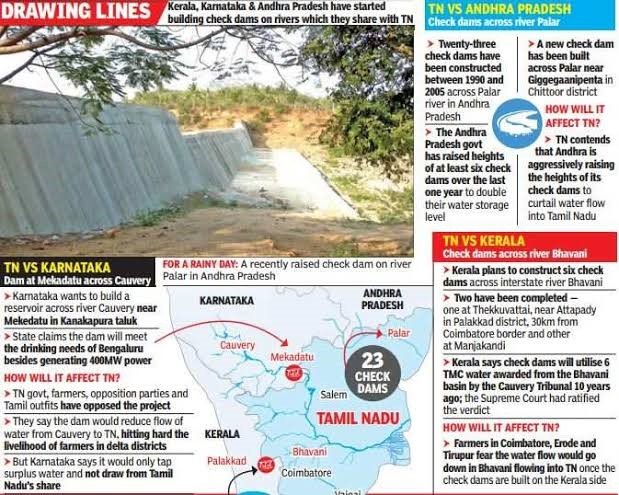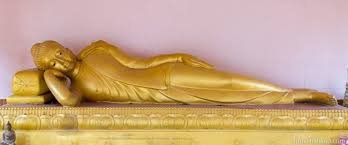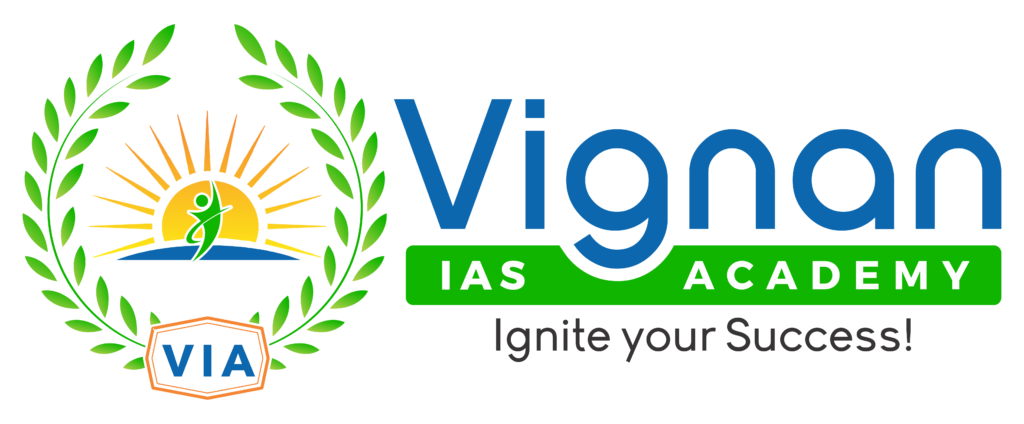Blog
MAY 27th Current Affairs
- May 27, 2021
- Posted by: admin
- Category: Culture Current Affairs Daily News Defense & Security Disaster Management Economy Education Environment & Ecology Ethics Geography Governance Health History International Relation Persons in News Polity Science & Technology Social Issues Sports Uncategorized UPSC Notification Videos
1. Repository portal & Ayush Sanjivani App

IN NEWS:
Ayush Minister to launch the repository portal & Ayush Sanjivani App.
KEY POINTS:
- Union Minister of state (IC) for Ayush Shri Kiren Rijiju will launch the Ayush Clinical Case Repository (ACCR) portal and the third version of Ayush Sanjivani App in a virtual event.
- The Ayush Clinical Repository (ACCR) portal (https://accr.ayush.gov.in/) will serve as a platform to support both Ayush practitioners and general public.
- This portal aims to aggregate information about clinical outcomes achieved by Ayush practitioners on a large scale.
- It will facilitate not just dissemination of information but also further analysis and research.
- It is expected to document the strengths of Ayush systems for treatment of various disease conditions.
- The portal will not only benefit the practitioner community and the public but will also help widen the solid scientific base of all streams of Ayush.
- One notable feature of the ACCR portal is the dedicated section for reporting and publishing details of Covid 19 cases treated through Ayush Systems.
- The Ayush Sanjivani App (Third Version) is now published on Google Play Store and iOS.
- This version facilitates a significant study/ documentation regarding the efficacy of selected Ayush interventions, including Ayush 64 and Kabasura Kudineer medicines in the management of asymptomatic & mild to moderate Covid 19 patients.
- It is worthwhile to note that a national distribution campaign is on through which the Ayush Ministry is providing these two very effective Ayush formulations free to Covid patients who are in home isolation.
SOURCE:PIB
2. MEKEDATU MULTI-PURPOSE PROJECT

IN NEWS:
The National Green Tribunal (NGT) has appointed a joint committee to look into allegations of unauthorised construction activity taking place in Mekedatu, where the Karnataka government had proposed to construct a dam across the Cauvery River.
KEY POINTS:
- Acting suo motu based on a media report, the NGT has directed the panel to submit a report on or before July 5.
- The Mekedatu multi-purpose project involves building a balancing reservoir across the Cauvery River near Kanakapura in Ramanagaram district.
- It envisages supplying drinking water to Bengaluru and Ramanagaram districts, besides generation of power.
- The project was conceived in 2013 and in 2017, the Karnataka state cabinet decided to implement it. The project, however, ran into a controversy after Tamil Nadu opposed it on the grounds that the project violates the Cauvery Water Disputes Tribunal award.
SOURCE:IE
3. Intermediary Guidelines and Digital Media Ethics Code .

In news
The new rules for social media platforms and digital news outlets, called the Intermediary Guidelines and Digital Media Ethics Code, came into effect recently.
Key takeaways
- The guidelines had asked all social media platforms to set up a grievances redressal and compliance mechanism, which included appointing a resident grievance officer, chief compliance officer and a nodal contact person.
- The Ministry of Electronics & Information Technology had also asked these platforms to submit monthly reports on complaints received from users and actions taken.
- A third requirement from instant messaging apps was to make provisions for tracking the first originator of a message.
- Failure to comply with any one of these requirements would take away the indemnity (security) provided to social media intermediaries under Section 79 of the Information Technology Act.
- Section 79 says any intermediary shall not be held legally or otherwise liable for any third party information, data, or communication link made available or hosted on its platform.
SOURCE:TH
4. Smooth and quick passage of vehicles at the toll plazas.

IN NEWS:
In order to ensure smooth and quick passage of vehicles at the toll plazas, National Highways Authority of India (NHAI) has issued guidelines to ensure service time of not more than 10 seconds per vehicle even during peak hours at the toll plazas on the National Highways.
KEY POINTS:
- The new guidelines will also ensure seamless flow of traffic at the toll plazas by not allowing vehicles to queue up more than 100 metres.
- Although at most of the toll plazas, there is no waiting time after mandatory 100% Fastag, even then if there is queue of waiting vehicles of more than 100 metres due to some reason, the vehicles will be allowed to pass without paying toll till the queue comes within 100 metres from the toll booth.
- Since NHAI has successfully transitioned to 100% cashless tolling from middle of February 2021, the overall FASTag penetration at NHAI Toll Plazas has reached 96% and stands at 99% at many toll plazas.
- As social distancing has become the new normal, more and more commuters are opting to use FASTag as it removes the chances of any direct contact between the drivers and toll operators.
SOURCE:PIB
5. Statue of the Reclining Buddha

IN NEWS:
On May 26 — Buddha Jayanti, Buddha Purnima, or Vesak — India’s largest statue of the Reclining Buddha was to have been installed at the Buddha International Welfare Mission temple in Bodh Gaya. The ceremony has been put off due to Covid-19 restrictions.
KEY POINTS:
- A reclining Buddha statue or image represents The Buddha during his last illness, about to enter Parinirvana, the stage of great salvation after death that can only be attained by enlightened souls.
- Statues and images of the Reclining Buddha show him lying on his right side, his head resting on a cushion or on his right elbow.
- The Reclining Buddha was first depicted in Gandhara art, which began in the period between 50 BC and 75 AD, and peaked during the Kushana period from the first to the fifth centuries AD.
- The largest Reclining Buddha in the world is the 600-foot Winsein Tawya Buddha built in 1992 in Mawlamyine, Myanmar.
- Cave No. 26 of the UNESCO World Heritage Site of Ajanta contains a 24-foot-long and nine-foot-tall sculpture of the Reclining Buddha, believed to have been carved in the 5th century AD.
Important Information :
Other depictions of the Buddha
- At the Mahabodhi temple, the Buddha is sitting in the bhoomi-sparsha mudra, where his hand is pointing towards the ground. It symbolises earth as being witness to his enlightenment.
- At Sarnath, where the Buddha gave his first sermon, the stone statue has a hand gesture called the dharma-chakra mudra, which signifies preaching.
- This is also the most popular depiction in India, along with the Bodhi tree depiction.
- While the Sitting Buddha — most common depiction — is believed to be teaching or meditating, the Standing Buddha signifies rising to teach after reaching nirvana.
- The Walking Buddha is either beginning his journey toward enlightenment or returning after giving a sermon. This is the least common of the Buddha postures, and is seen mostly in Thailand.
SOURCE:IE
